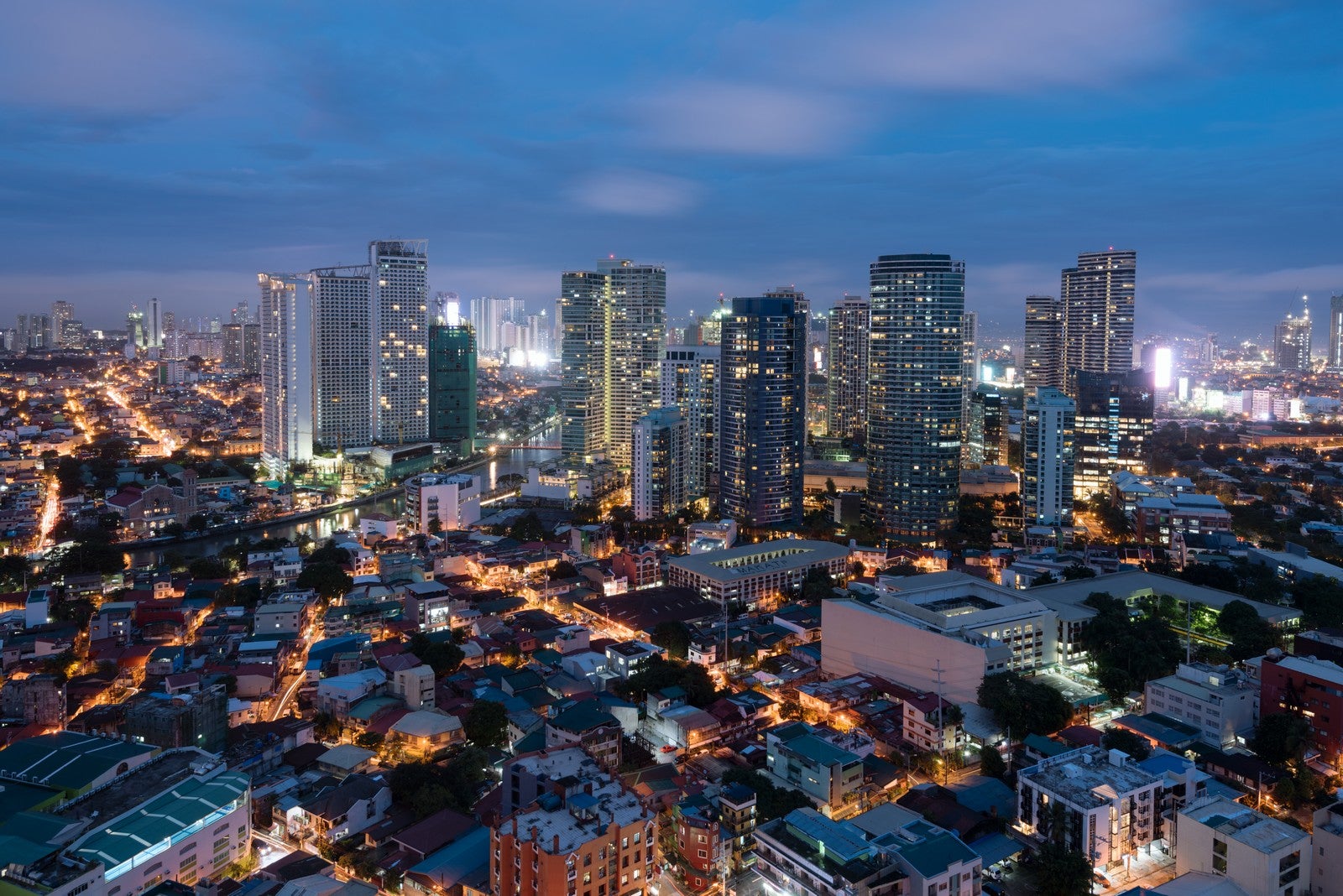
St James the Great Fortress
St James the Great Fortress, also known as the Bolinao Church is a Spanish colonial masterpiece located at Brgy. Germinal in Bolinao, Pangasinan. One of the oldest churches in the area, St. James the Greatest was made out of black coral stones that serve as the spiritual gathering center for locals and tourists as well.
St James the Great Fortress was canonically erected in 1609 by the Augustinians, who are the first religious friars in Bolinao from 1585 to 1587. The Dominicans then took charge the following year until the Augustinians returned and stayed until 1607. The Augustinian Recollects took charge in 1784. Since then, several priests administered the parish. The first priest was ordained in 1974. In 1985, it became a parish of the Diocese of Alaminos, previously being under the Diocese of Lingayen.
It is said that St James the Great Fortress in Bolinao is where the first mass in the country was celebrated in 1324 by Blessed Fr. Odorico, a Francian missionary who also baptized several locals before returning to his homeland.
Built by Augustinians in 1609, the church was made out of black coral stones, woods, rocks, and eggs as a binding agent during the old times. Since then, the church remains the center for the Catholic faith in Bolinao. According to the locals, the church serves as a hiding place for pirates and a shelter during World War II.
The church remains a great reminder of the rich history of the town. As time progressed, St. James the Greatest also underwent and survived a series of natural and manmade calamities including the 1788 earthquake that damaged the Church tower, a fire that burned the convent in 1819, and Typhoon Emong in 2009 that caused major damage to the church’s roof.
The manmade church is characterized by its High Renaissance style focusing on symmetry and proportion. With an orderly arrangements of columns, semicircular arches and hemispherical domes, the church also features a trefoil arch main door and a plain and simple facade design.
One feature of the church is its trefoil arch main door. The overall design of the facade is plain and simple with the super-positioned columns alternating with window openings and tall blind arches conspicuously dominating the ends of the walls
It also holds the tallest church tower in the whole Pangasinan if not in the entire Northern Luzon measuring seventy-five feet before half of it went into ruins.
How to get there
Because there are so many bus terminals that handle the Manila-Pangasinan route, taking a bus is the most popular way to go to Pangasinan. From there, take a jeepney or a tricycle to Bolinao, then go to the parish. A trip to Dau Terminal in Pampanga is also an option, from there you can ride a direct bus to Bolinao. You can also join guided tours in Pangasinan.
Best time to visit
This religious site is open to the public daily.









